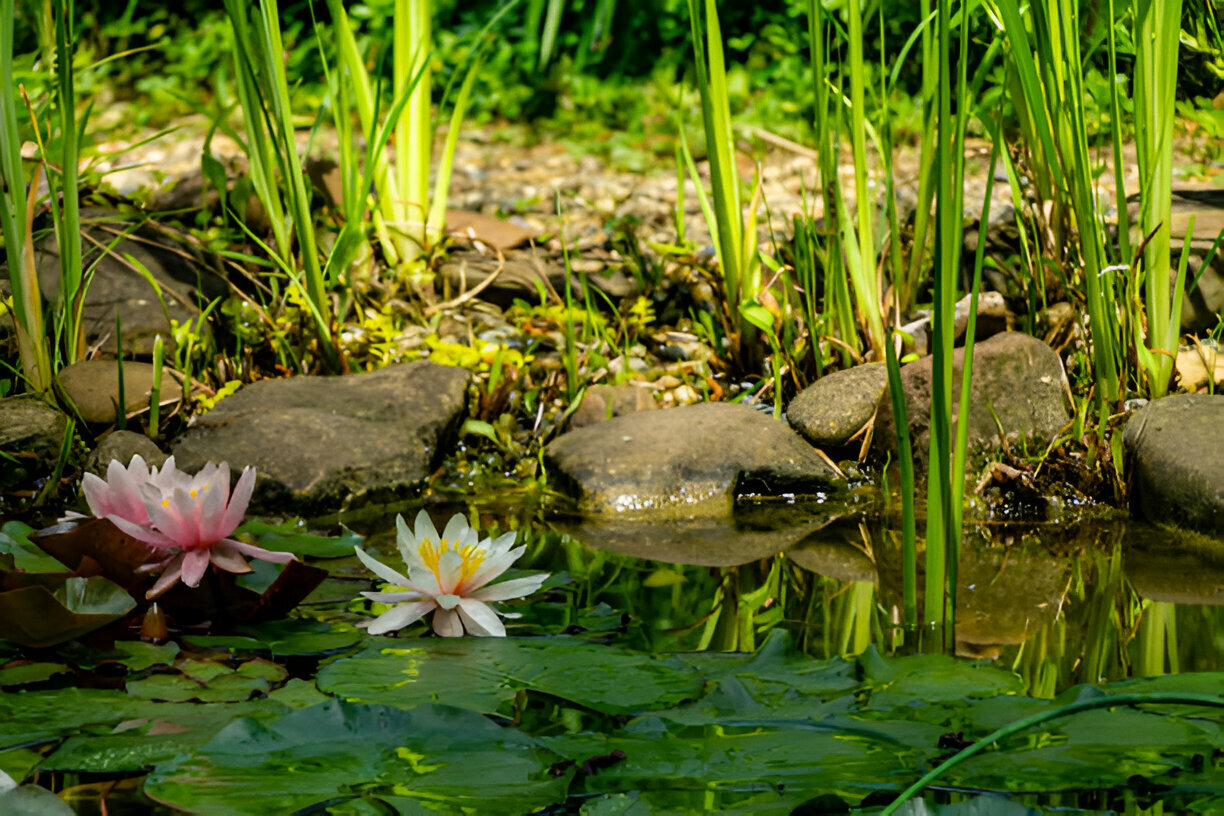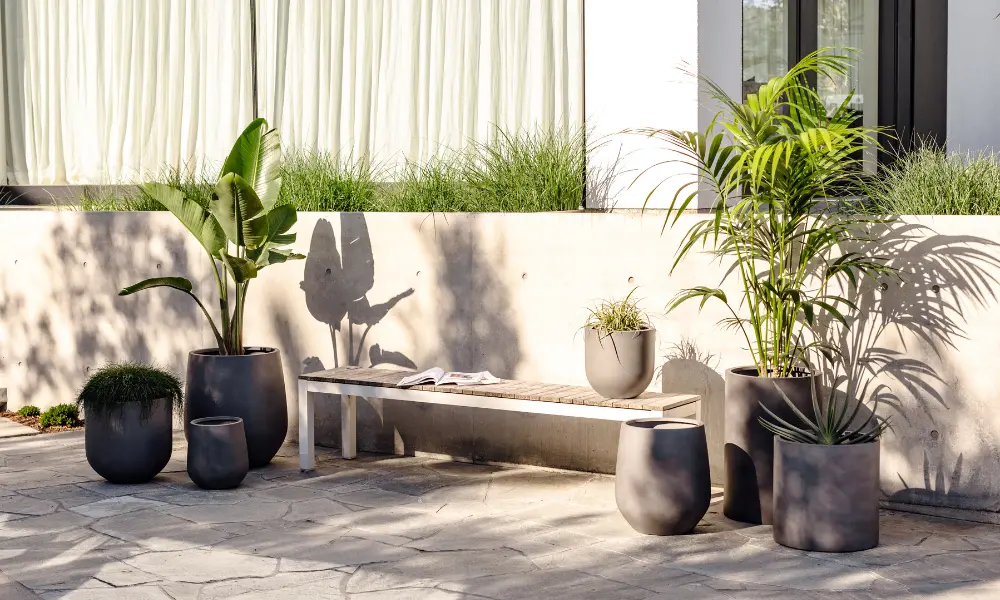Introducing a wildlife pond into your garden creates an ecosystem where dragonflies and hedgehogs flourish among many other species. Natural water features featuring biodiversity have no equivalent in ornamental ponds, although careful design initiatives can help integrate both priorities.
A pond pump is not essential for wildlife ponds since water still benefits many species, but thoughtful design ensures the best habitat. That Pond Guy, a specialist in natural water features, helps gardeners create ponds that balance ecological function with visual appeal.
Floating Islands: Mini Ecosystems
Floating plant islands offer shelter for aquatic insects while adding an extra interest to your pond. These buoyant platforms support marginal plants that dragonfly larvae cling to while their roots filter water naturally.
Craft your own using cork or polystyrene bases topped with native moisture-loving plants like brooklime. Due to positioning near the pond’s centre, these islands become safe havens away from predators.
Log Piles: Amphibian Apartment Complexes
Stacked boundary logs at your pond’s border serve as essential habitats for frogs and toads and support beneficial insects. Decaying wood draws beetles and spiders, which pairs with the damp below-ground microclimate to provide thermal comfort for amphibians.
For best results, partially submerge some logs and leave others on dry land to create a habitat gradient. These natural shelters require no maintenance beyond occasionally checking they have not shifted position.
Native Planting: Nature’s Buffet
Your pond becomes a pollinator route when you plant ragged robin and marsh marigold flowers around its perimeter. The native plant species have developed with local animals, creating an ideal food source for bees and butterflies.
Leave some areas of longer grass for ground-nesting bees, and include night-scented plants like honeysuckle to attract moths – a vital food source for bats.
Pebble Beaches: Creature Crossings
A gently sloping pebble beach serves multiple purposes in a wildlife pond. Birds use it for bathing, hedgehogs drink from the shallow edges, and exhausted insects can crawl to safety. Use a mix of stone sizes to create varied textures and ensure the slope is gradual enough for small creatures to navigate easily. Rinse the pebbles occasionally to prevent slippery algae buildup.
Bug Hotels: Insect High-Rises
You should establish a bug hotel close to your pond, which serves as a protection habitat for helpful insects. Custom-made wooden bug homes filled with natural materials such as drilled logs, pinecones, and bamboo canes offer protection for solitary bees and beneficial predatory insects that help control pests.
South-facing locations near flowering plants work best, creating a complete habitat from pond to pollinator garden.
Moonlight Features: Nighttime Oasis
Add evening functionality to your pond by adding moonlit white flowering plants as the moonlight reflects off their petals. Putting a bat box in the perfect spot will attract nighttime fliers to catch insects, while a tiny solar-powered lamp set away from the water will show off the pond’s outline without bothering wildlife.
Constructing a wildlife pond requires no precise conduct since it focuses on delivering habitats suitable for all living stages of creatures. Your garden will thrive after introducing native habitat elements, leading to the discovery of unseen backyard neighbours.
You can receive expert pond planning advice through That Pond Guy, which guides your garden toward becoming a wildlife sanctuary.





